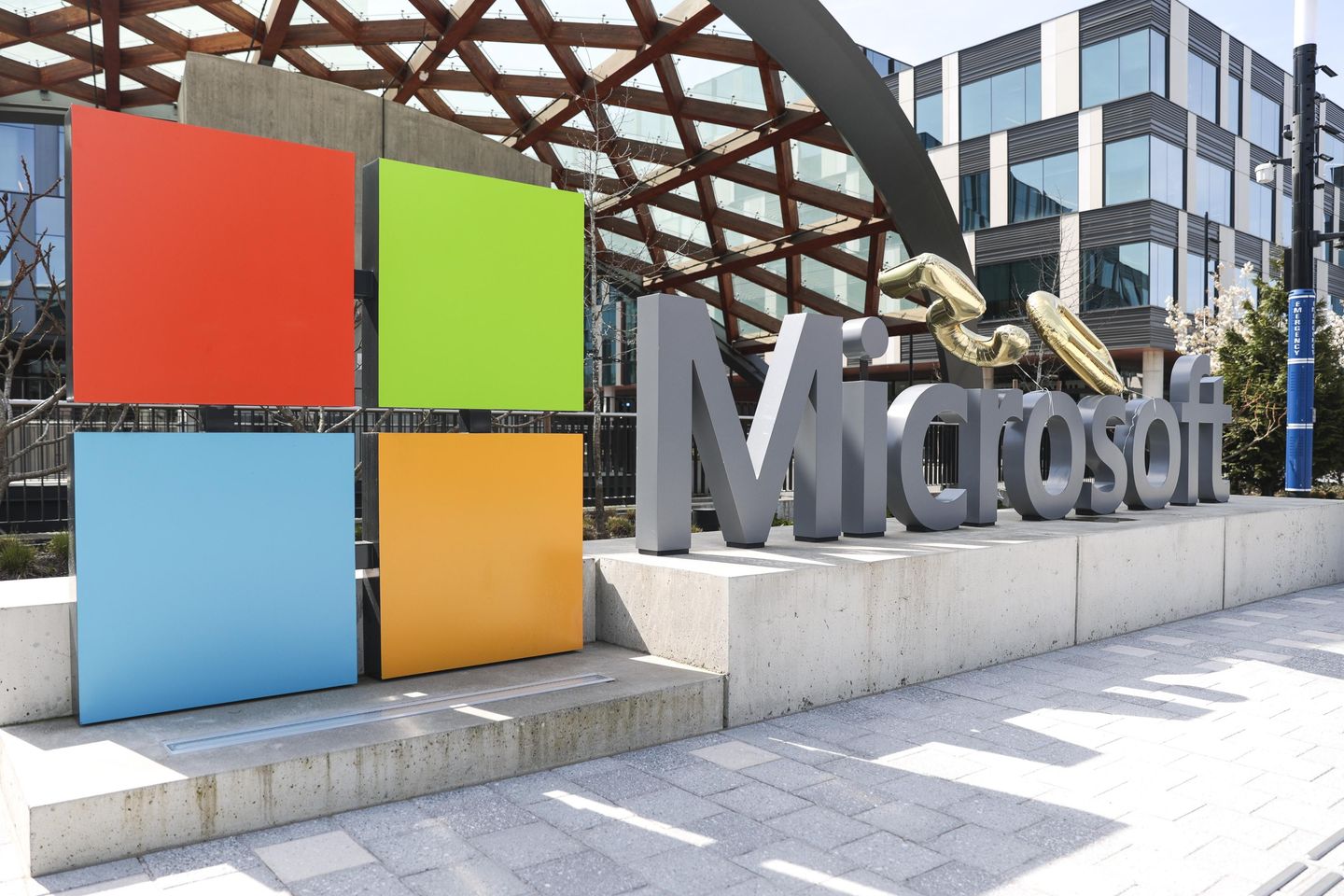
Microsoft is doubling down on its assertion to have created a “new state of matter,” detailing its work in testimony to Congress.
Microsoft physicist Charles Tahan told the House Science, Space and Technology Committee last week that the tech giant’s effort to build a useful quantum computer is based on an approach that requires “topological qubits.”
Useful quantum computers, also identified as “cryptanalytically relevant,” are the sought-after and potentially dangerous machines that technologists believe will solve problems far faster than classical computers. Such quantum computers are expected to rely on the properties of entanglement, interference and superposition to complete billions of calculations in seconds.
Qubits refer to quantum bits of information that researchers anticipate will encode much more data than is used by existing computers.
Topological is the term Microsoft has applied to a special category of material that it has identified as a new state of matter and not a solid, liquid, or gas. Microsoft has promoted its Majorana 1 chip as leveraging the world’s first topoconductor, or topological superconductor.
Mr. Tahan, an alumnus of the National Security Agency, said Microsoft has a roadmap toward building a useful quantum computer relying on topological qubits.
“We think they are promising for quantum computing because they have the potential to make it much easier to scale, meaning to control and enable readout of the millions of qubits needed to develop a useful quantum computer,” Mr. Tahan said in written testimony to lawmakers. “However, to build even one topological qubit, the team had to take a scientific theory that was first proposed in the 1930s and make it a reality — a feat that included creating a new state of matter and engineering a device in which to exhibit it.”
Microsoft CEO Satya Nadella made waves in February when he first asserted his company developed a new state of matter.
The announcement was met with considerable doubt, including from skeptics pointing to Microsoft’s own research.
In a section of its peer-reviewed paper published in Nature, Microsoft indicated it advanced toward utilizing a new state of matter but had perhaps not yet created a topological qubit beyond doubt.
The Microsoft Azure Quantum team’s paper said its measurements did not determine whether the “low-energy states detected by interferometry are topological.”
Mr. Tahan said in written testimony to House lawmakers that the company’s new technical results “begin to validate” its approach.
He brought Microsoft’s Majorana 1 to the House Science Committee hearing room and told lawmakers that he believes quantum is the “operating system of the universe.”
Mr. Tahan made clear Microsoft’s new state of matter is just one breakthrough he has witnessed this year in the quantum information science field.
“The community, including Microsoft, Quantinuum, Atom Computing, Google, and leading groups in China, have proven through demonstrations of error correction on prototype quantum computer systems that scaling to large quantum machines is possible,” Mr. Tahan said at Wednesday’s hearing. “I have waited my entire career for that milestone.”












